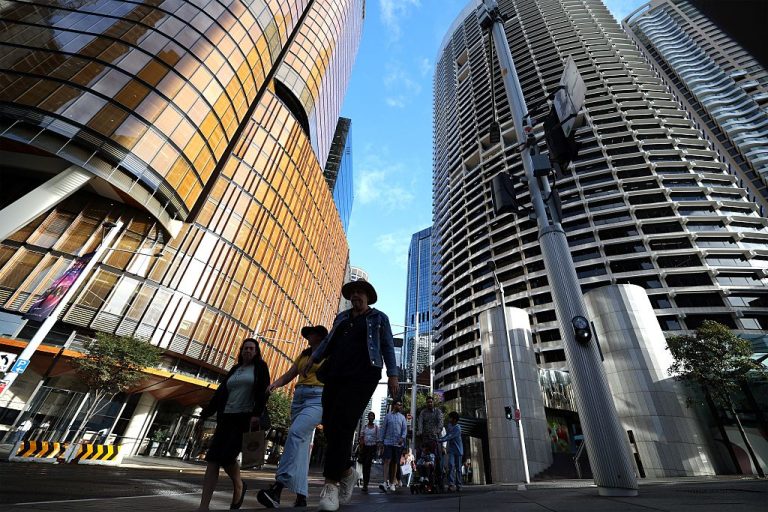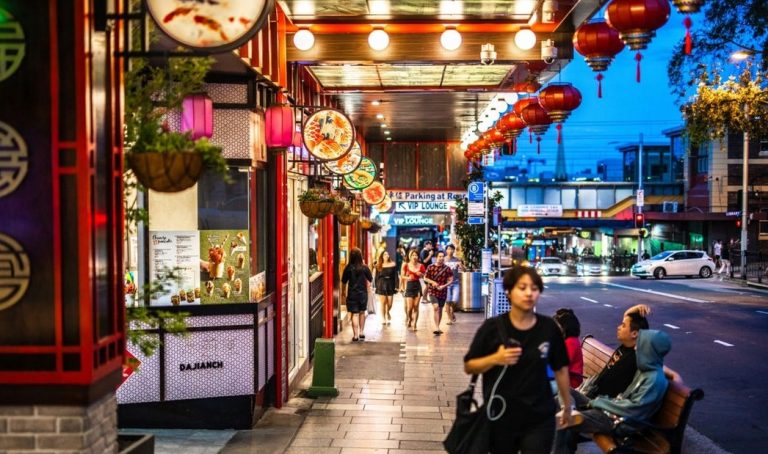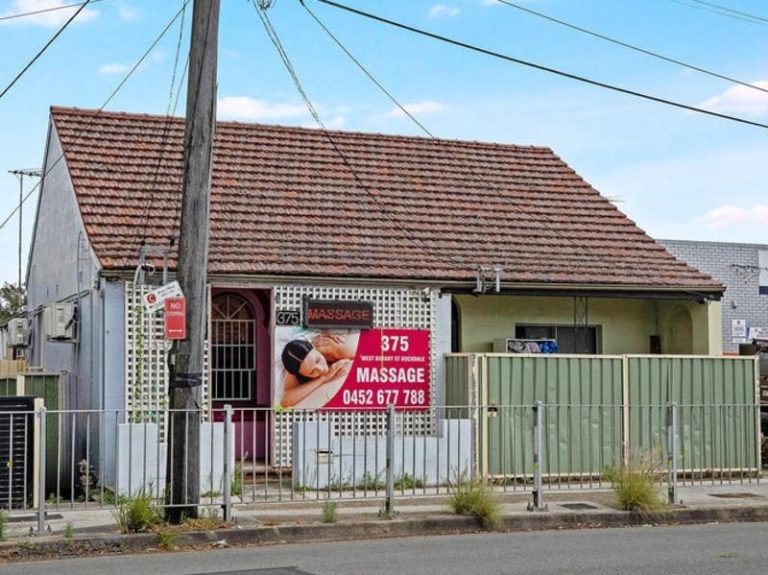New lease of life: The lure of old bank buildings
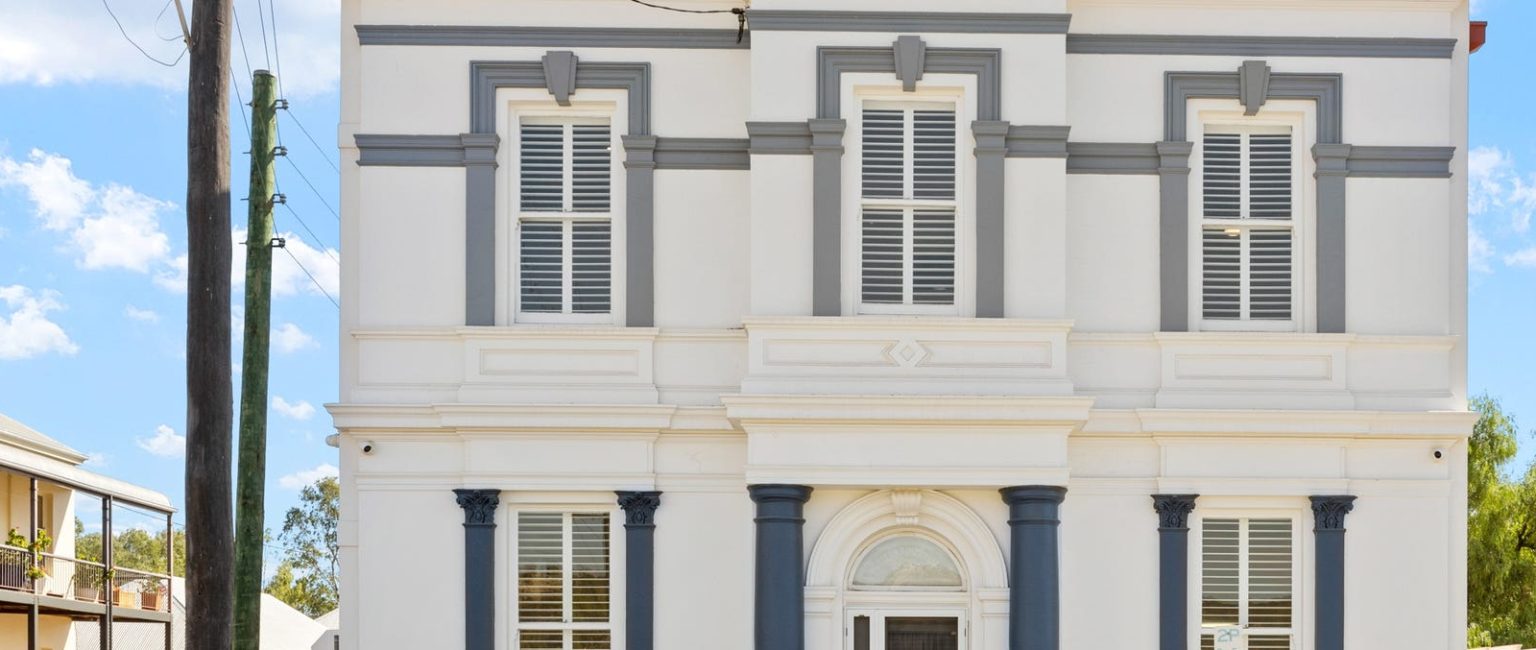
A 125-year-old former bank located in the heart of WA’s port city, Fremantle, is set to go under the hammer this month.
The prominent corner two-level premise at 12/66 High Street, Fremantle spans 159sqm, and was built in 1900 as the Commercial Bank of Australia.
Offered for sale with vacant possession, the split-level building features vaulted ceilings, a timber staircase, polished jarrah flooring and Federation architecture.
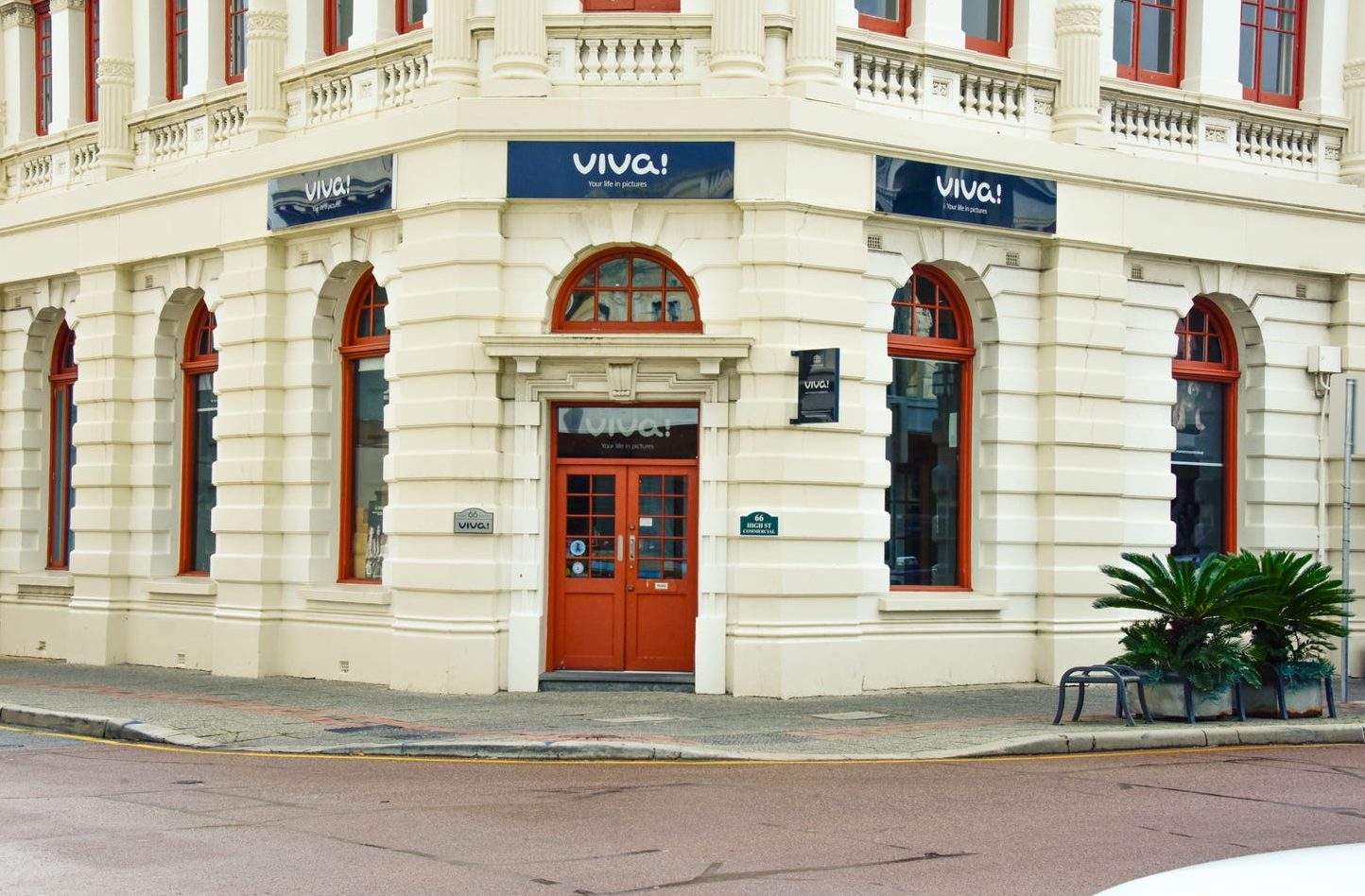
The former bank building at 12/66 High Street, Fremantle. Picture: realcommercial.com.au
“This is a truly unique offering in a location that just continues to grow in value and prestige,” sales agent Brett Wilkins from Ray White Commercial WA said.
“The building has been beautifully maintained and offers an unmatched presence right in the beating heart of Fremantle.
“It’s perfect for a creative agency, design studio, consultancy or even a boutique retail or wellness business.”
Set to go under the hammer on July 22 with a price guide of $1 million plus, joint sales agent Luke Pavlos said the building’s flexibility has been popular with potential buyers.
“Whether you’re an investor looking to capitalise on Fremantle’s vibrant commercial scene or a business owner wanting a prestigious headquarters with character, this opportunity is hard to overlook,” he said.
“Fremantle’s West End is alive with energy, from tourists and locals alike.
“This property benefits from consistent footfall and sits among some of Fremantle’s most-loved shops, eateries, arts venues and cultural institutions.”
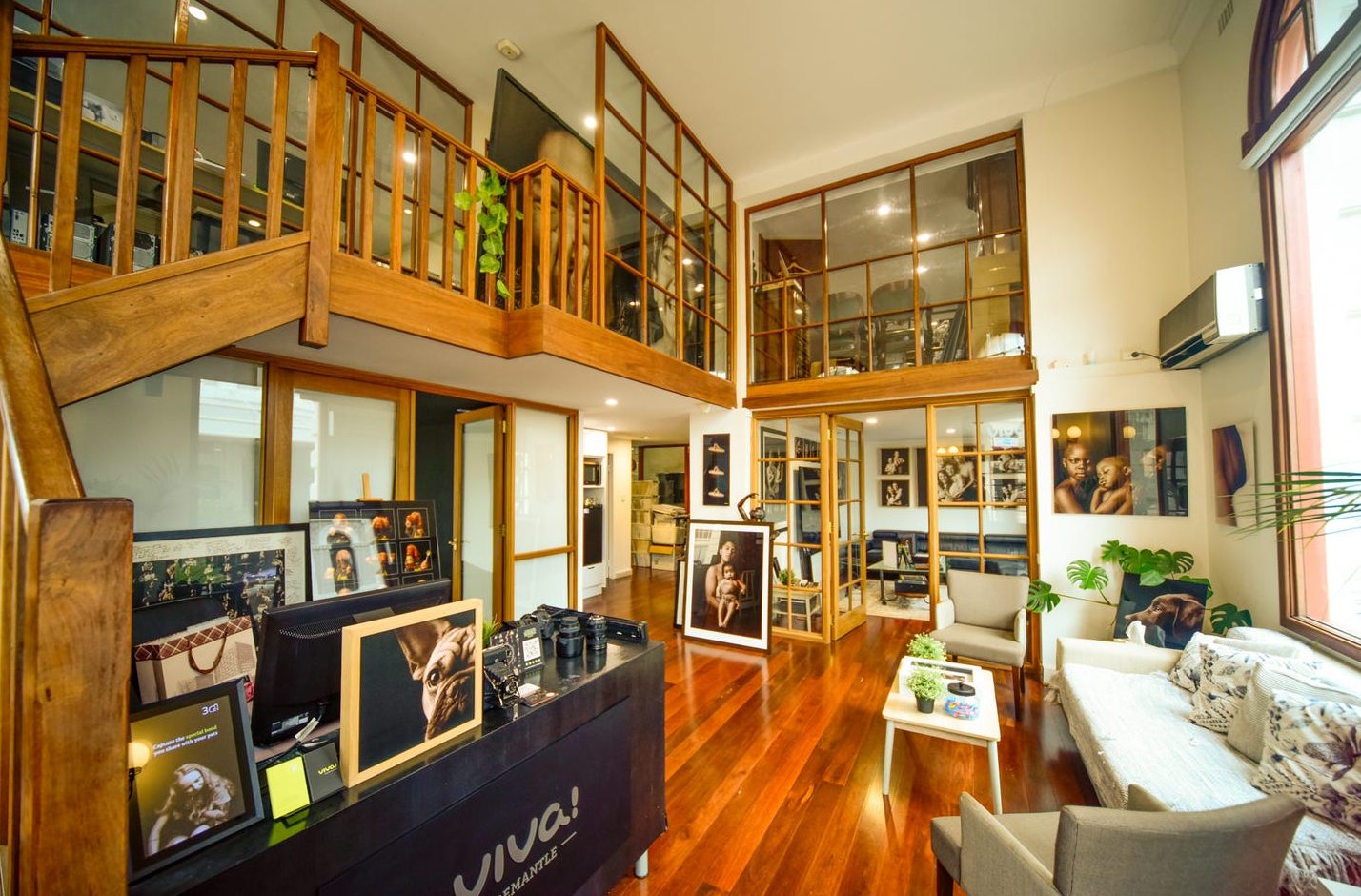
The former bank building at 12/66 High Street, Fremantle. Picture: realcommercial.com.au
Identified as a place of exceptional cultural heritage significance by The City of Fremantle, it has been recommended for entry into the Heritage Council of WA’s Register of Heritage Places.
It is considered historically significant as a former bank because it represents the development of Fremantle’s Old Port City as a centre of commerce and trade from the gold boom period of the late 19th and early 20th centuries.
“The place is a fine example of a Federation Free Classical style building, with elaborate stucco decoration above the ground floor level, that makes a significant contribution to the streetscape,” according to its statement of significance.
“The place is significant because, when viewed from the street, it is a substantially intact example of a federation period commercial building which contributes to the very significant Old Port City of Fremantle.”
Restored bank offers plenty of opportunity
The Fremantle building is not the only former heritage bank currently up for grabs in Western Australia, with the one time Western Australian Bank in York, built from 1897, also for sale.
Now featuring five bedrooms, four bathrooms, as well as commercial zones, 147 Avon Terrace has been painstakingly restored offering three street frontages across two land titles.
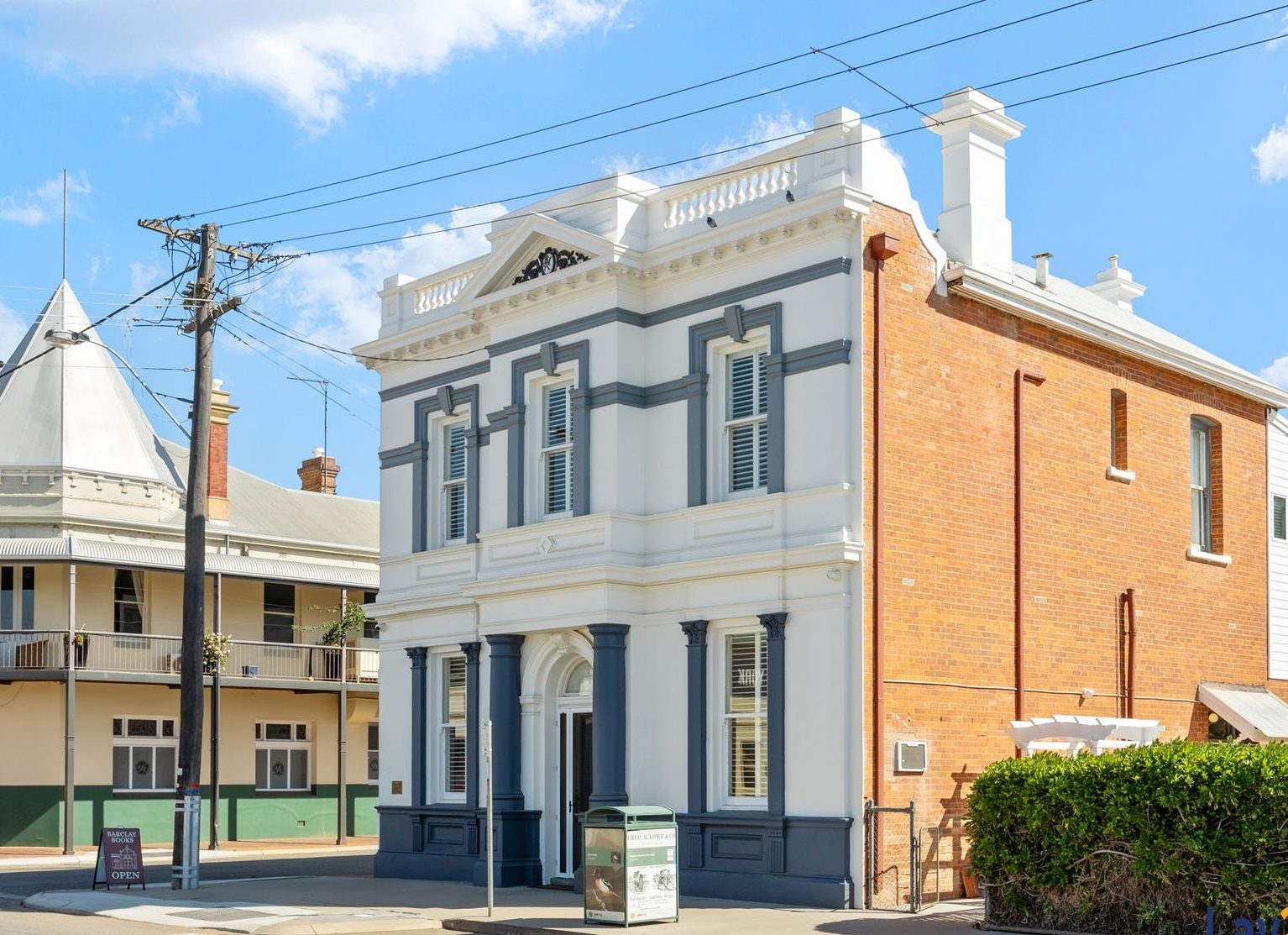
The former bank building at 147 Avon Terrace, York WA. Picture: realestate.com.au
The lower level has commercial use approval and is tenanted by local community groups, while upstairs features bedrooms, 3.6m ceilings and double sash windows.
Located WA’s Wheatbelt, the one-time bank‘s heritage listing states that the building is significant for its original establishment and associations with York.
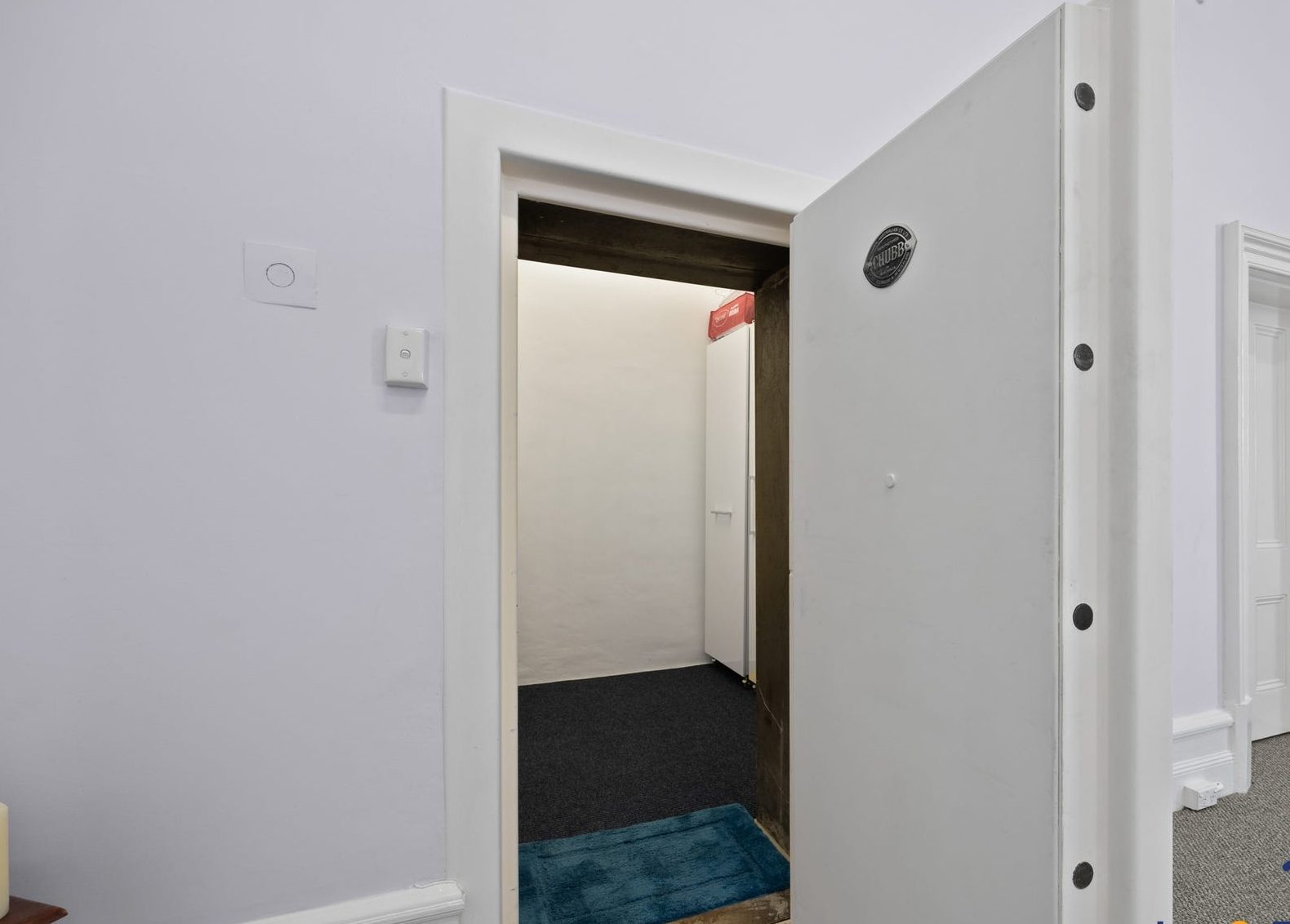
The former bank building at 147 Avon Terrace, York WA. Picture: realestate.com.au
“The bank building is a fine example of Federation Academic Classical architecture that makes a considerable contribution to historic aesthetic of Avon Terrace and the York townscape,” it notes.
Founded in 1841, The Western Australian Bank was the only bank in the state for decades.
In 1897, the Western Australian Bank’s York branch moved to 147 Avon Terrace.
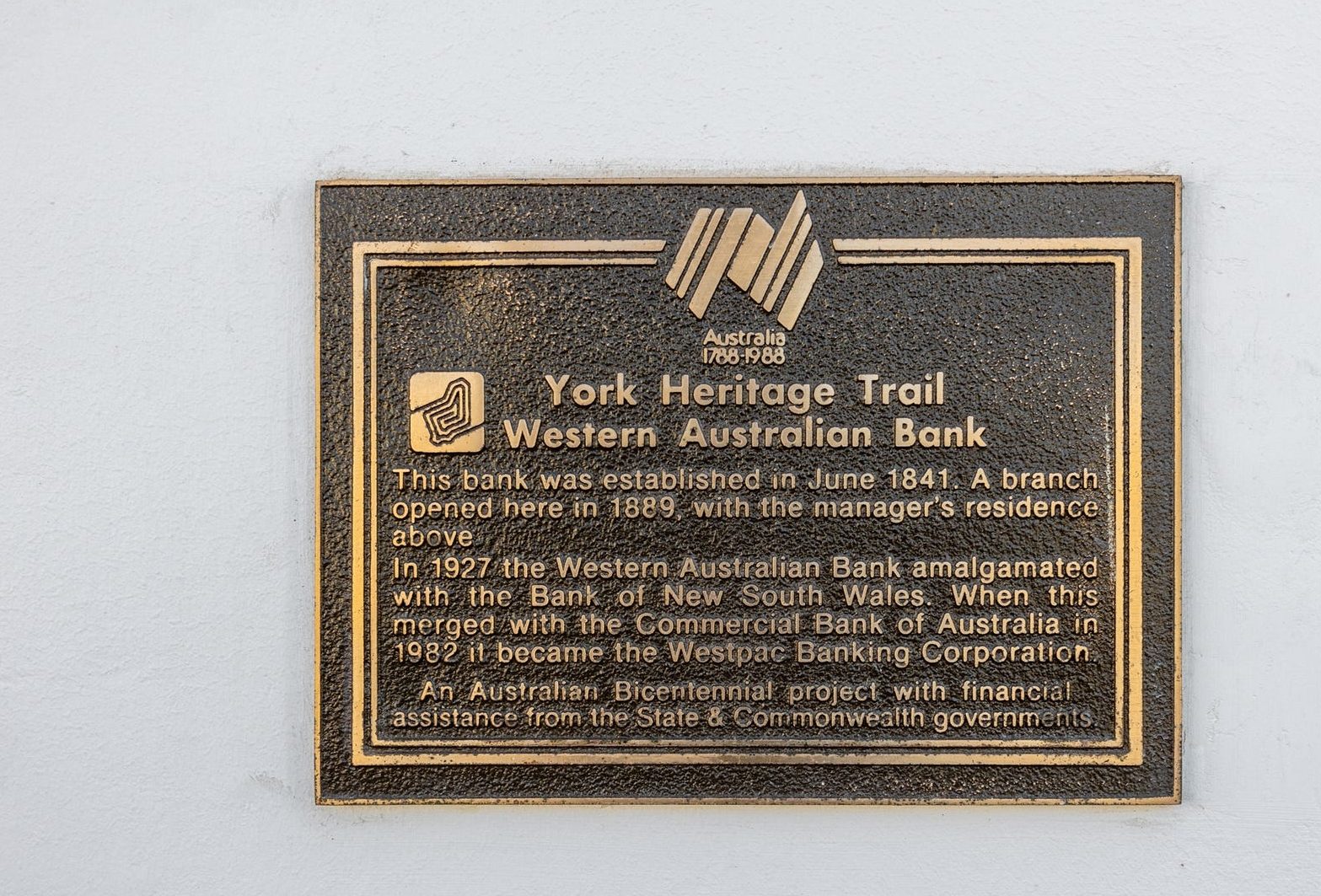
The former bank building at 147 Avon Terrace, York WA. Picture: realestate.com.au
Live and work in former Inverell bank
Once home to the Commercial Banking Company of Sydney, this building located in the heart of Inverell’s CBD offers commercial and residential opportunities.
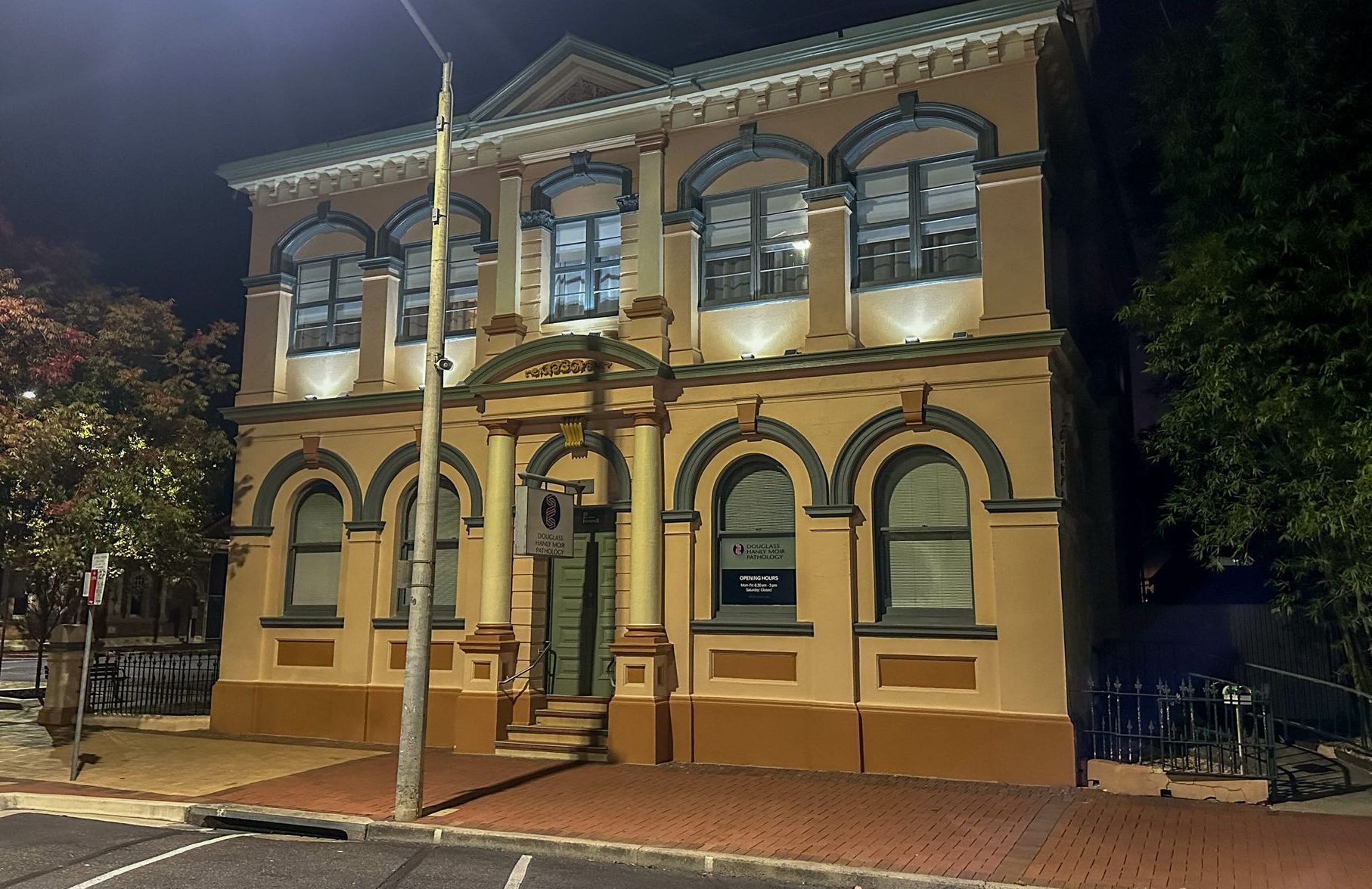
83-85 Otho Street, Inverell, NSW. Picture: realestate.com.au
With 1890 origins, hallmarks from the era that remain at 83-85 Otho Street, Inverell include high ceilings, ornate fireplaces, a cedar staircase and stained glass.
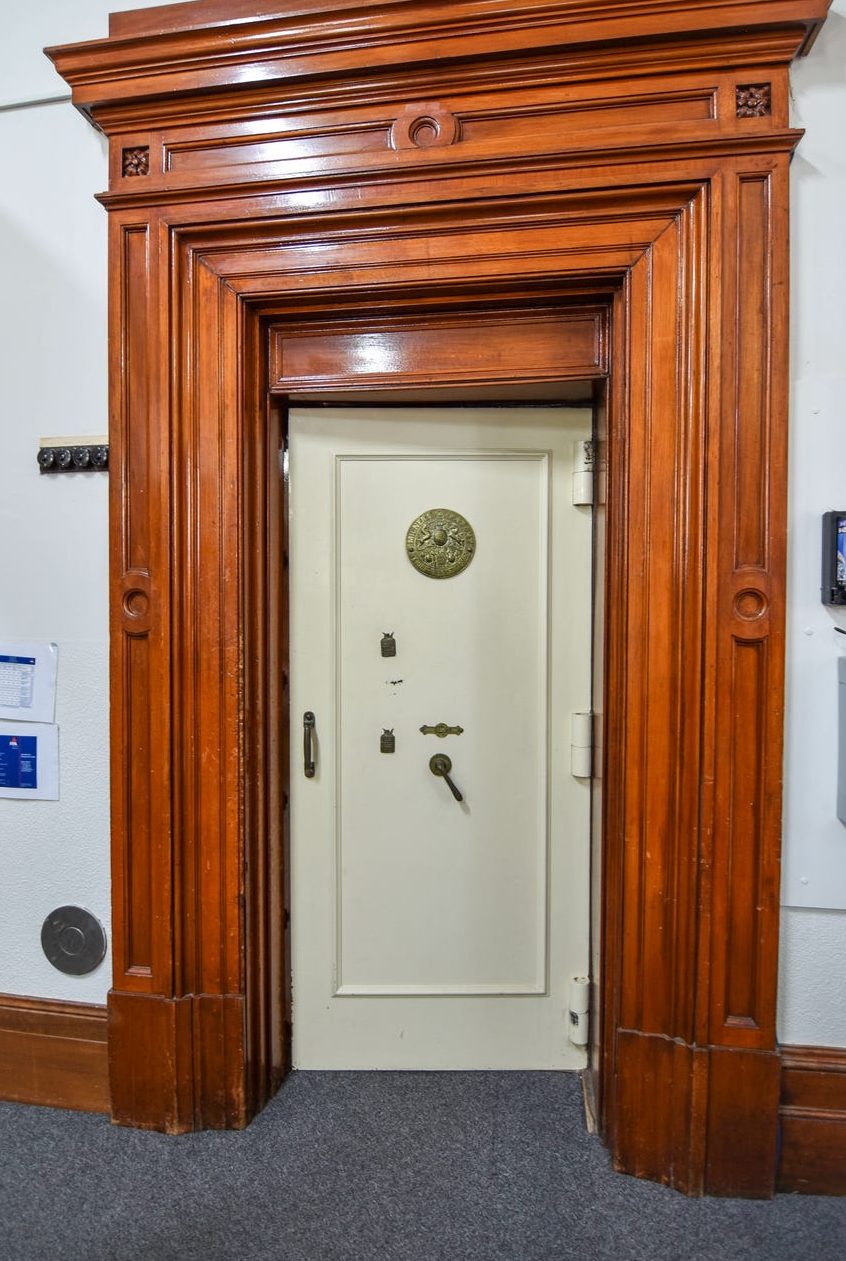
83-85 Otho Street, Inverell, NSW. Picture: realestate.com.au
There are five bedrooms, and three bathrooms, and the commercial space on the ground floor is occupied by a medical business.
It has an asking price of $1,750,000.
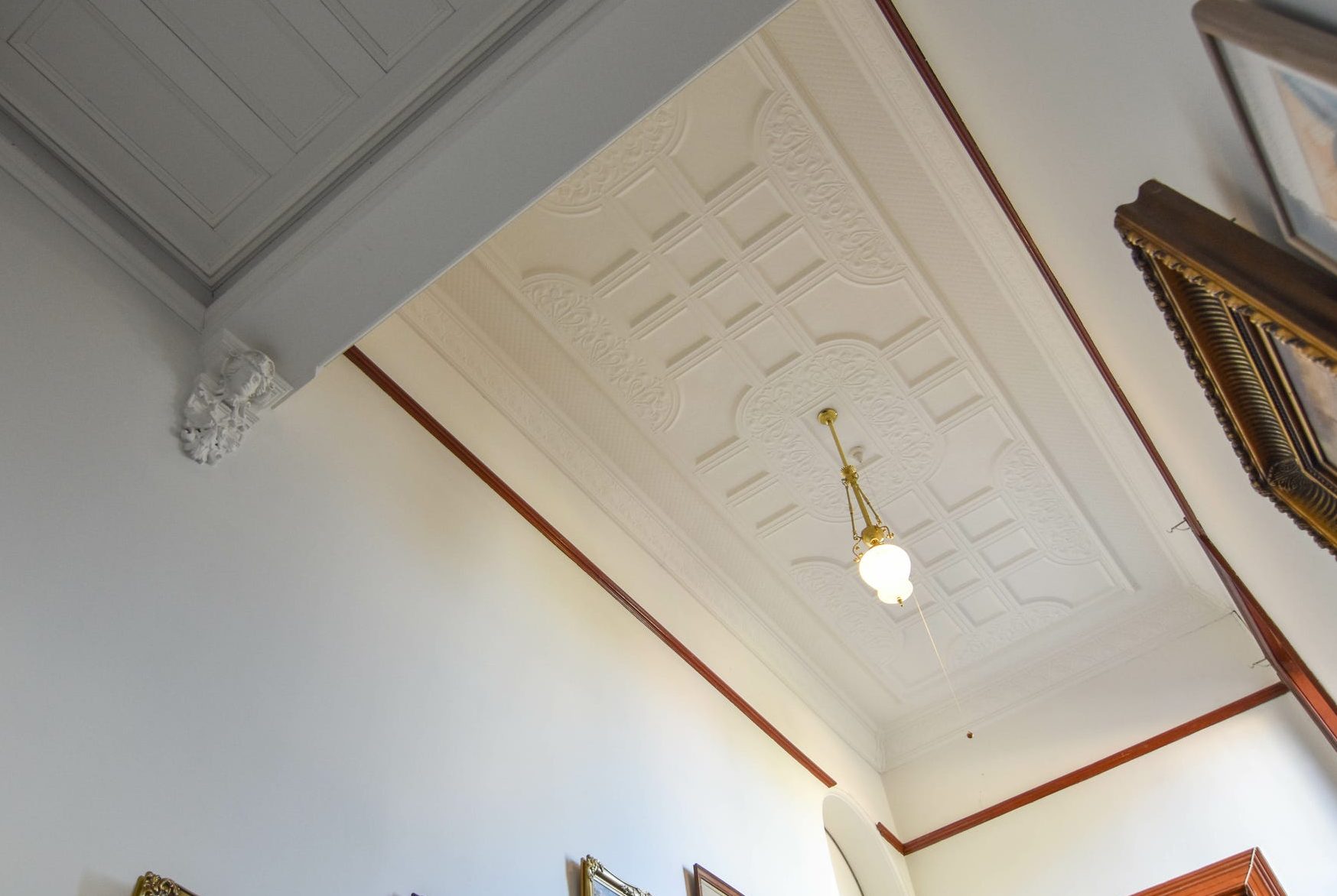
83-85 Otho Street, Inverell, NSW. Picture: realestate.com.au
Country town icon
Currently operating as a boutique hotel with a homewares store, 116-118 Mollison Street in Kyneton was once a Bank of NSW.
It is considered architecturally of state importance as a fine and early example of the Edwardian Free Style.
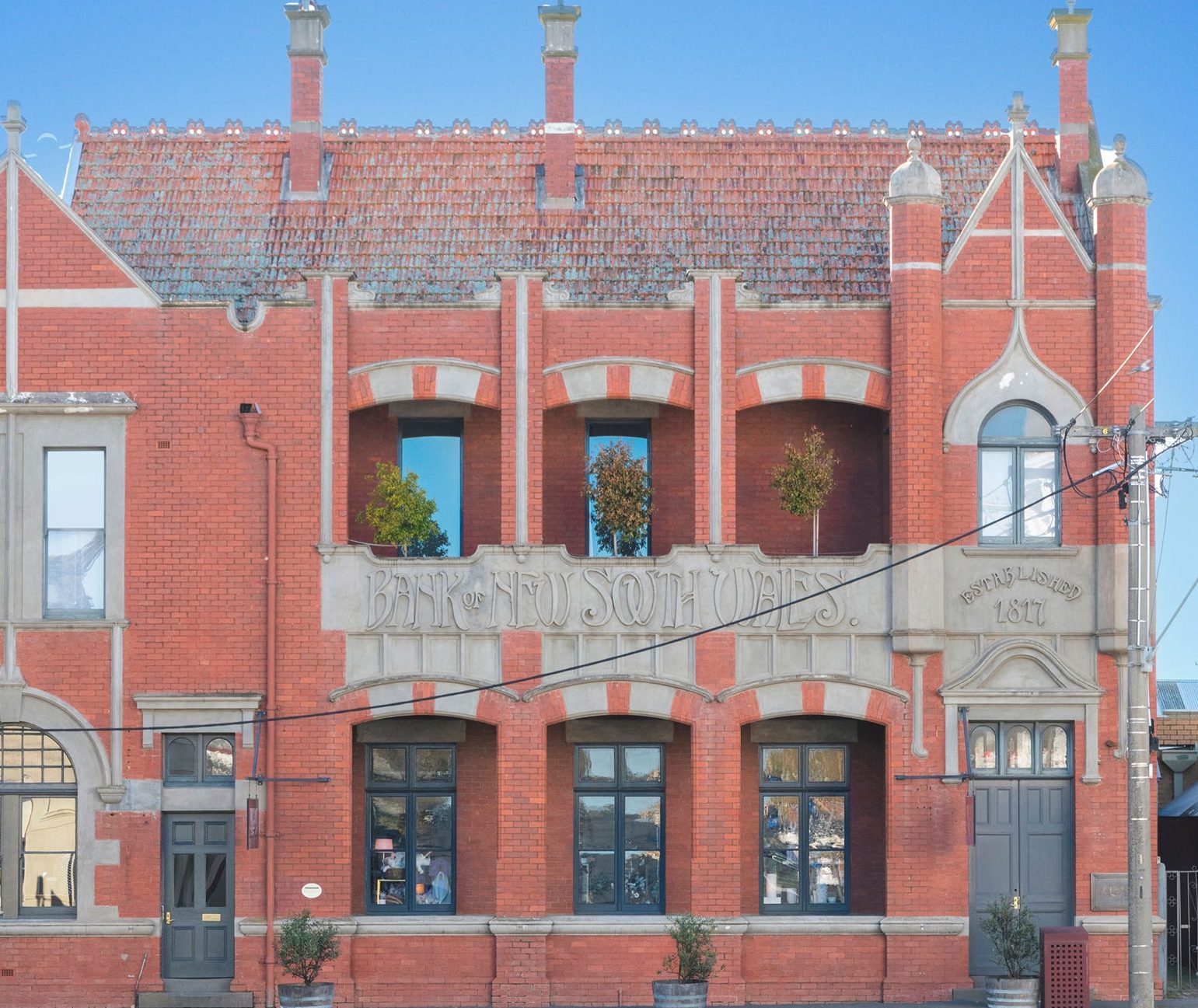
116-118 Mollison Street in Kyneton. Picture: realestate.com.au
Built in 1903 to 1904, it features a striking asymmetrical red brick façade, steep gables, terracotta roof tiling and distinctive Art Nouveau lettering.
Set on a 1358sqm landholding, the building includes more than 25 rooms that includes nine bedrooms.
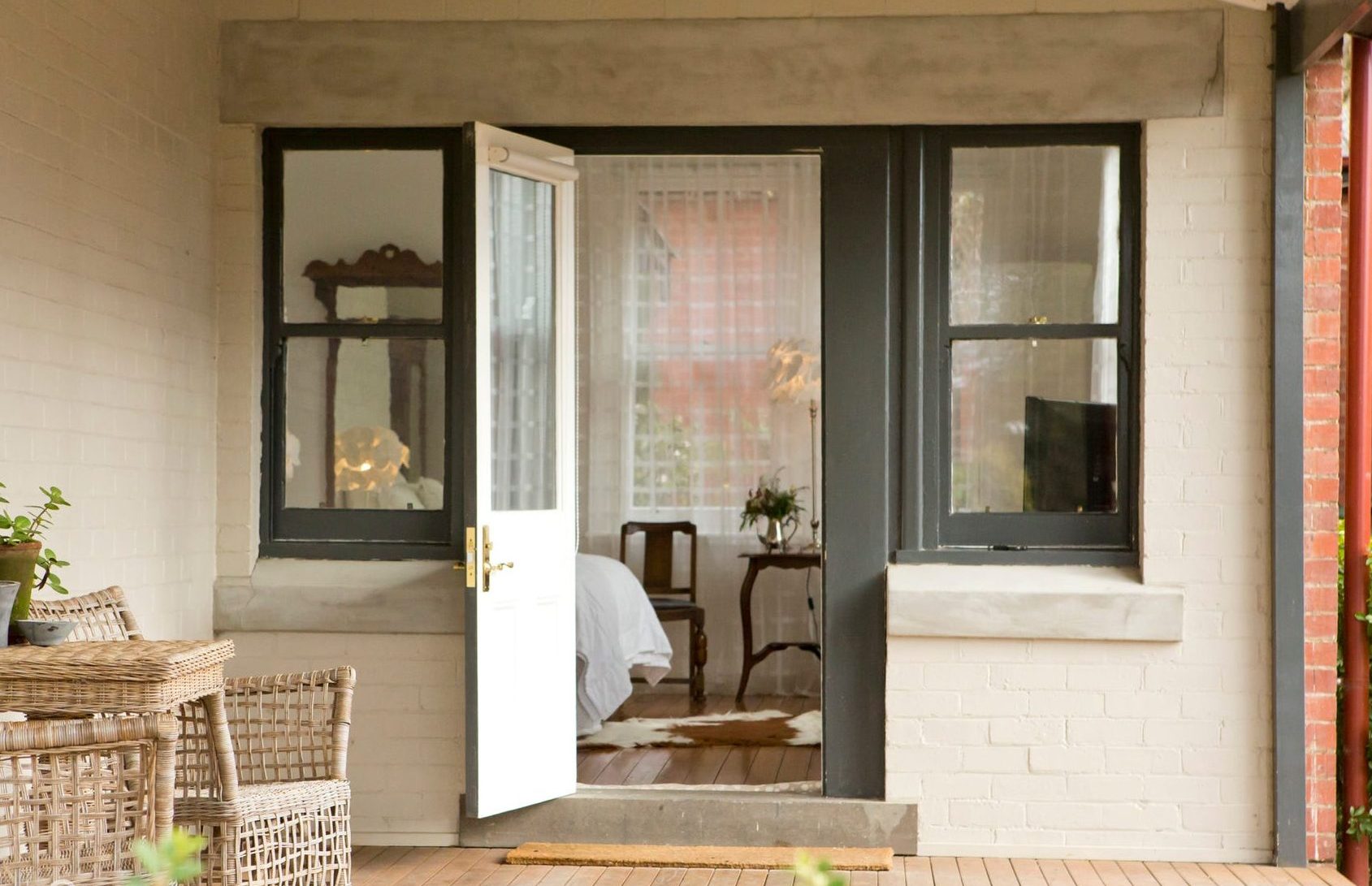
116-118 Mollison Street in Kyneton. Picture: realestate.com.au
It also includes two areas which would suit a café, store, wine bar or restaurant.
The property is being sold via an Expressions of Interest campaign.
The appeal of owning a former bank building
With the demise of bricks and mortar bank buildings having steadily taken place over the past decade, commercial property advisory firm Rethink Investing chief executive Scott O’Neill said current decommissioning of current bank buildings was now lower.
“There’s a lot of backlash against the brand itself when they close these branches, it’s almost worth keeping the few that are around,” he said.
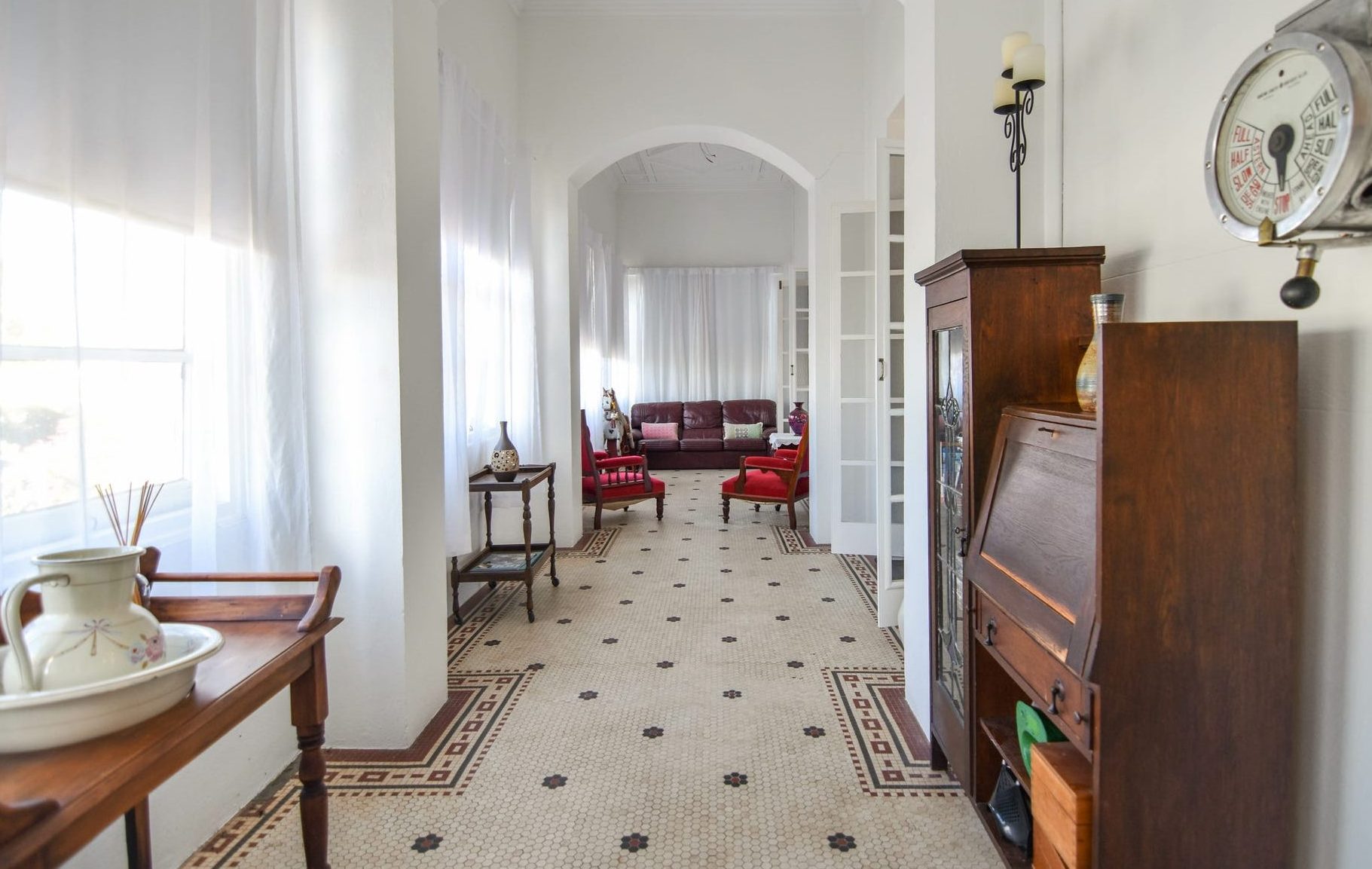
Former bank buildings are often used as professional services offices. Picture: realestate.com.au
“These things (bank buildings) are in good locations, they’ll be repurposed. There’s always a second chance for any well-located commercial property and these are no different.”
He said from an investment perspective, banks were often located in the best retail locations available.
“There is the potential that they can get converted into medical centres, or to any type of retail you can from food, to anything that wants high exposure,” he said.
“A lot of corporate offices that you might see with lawyers like in country towns occupy your old Commonwealth Bank buildings. It could be a legal office, it could be a planning, accountancy – there is a good relatability to it.”
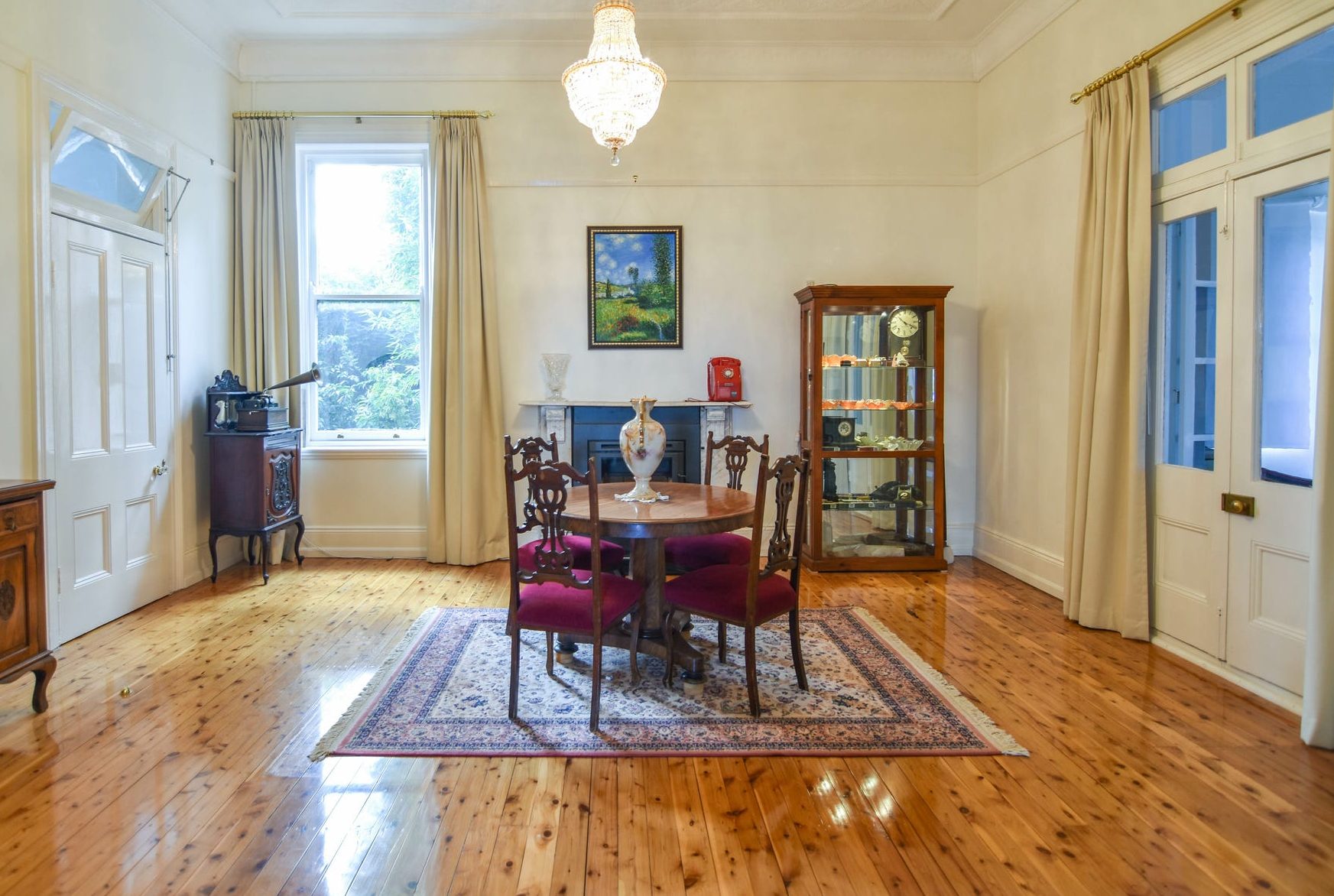
Heritage overlay on bank buildings was typically not a deterrent due to the type of tenant they attracted. Picture: realestate.com.au
Boasting a very specialist fit out with a vault can be a negative, Mr O’Neill said.
“Things like that need to get taken out,” he said.
“So we need to look into the lease itself – if there’s still a current bank tenant there – to determine who is responsible for the make good provisions on the lease.”
Mr O’Neill said any heritage overlay on the building was typically not a deterrent due to the type of tenant they attracted.
“You’re not going to get a Big W in there, or something like that,” he said.
“You’re going to get your professional service type … like medical, like dentist – I’ve seen a lot of dentists in heritage buildings over the years.”

